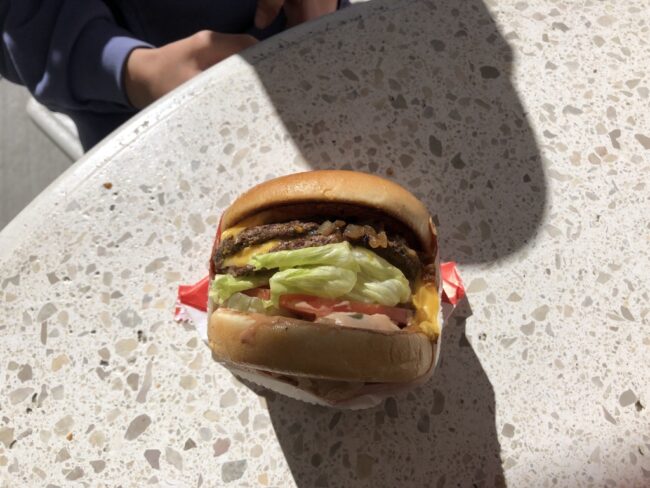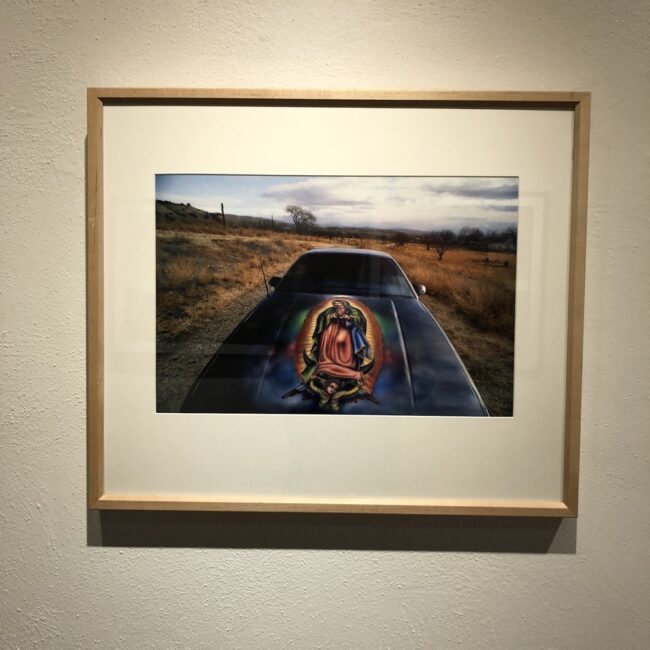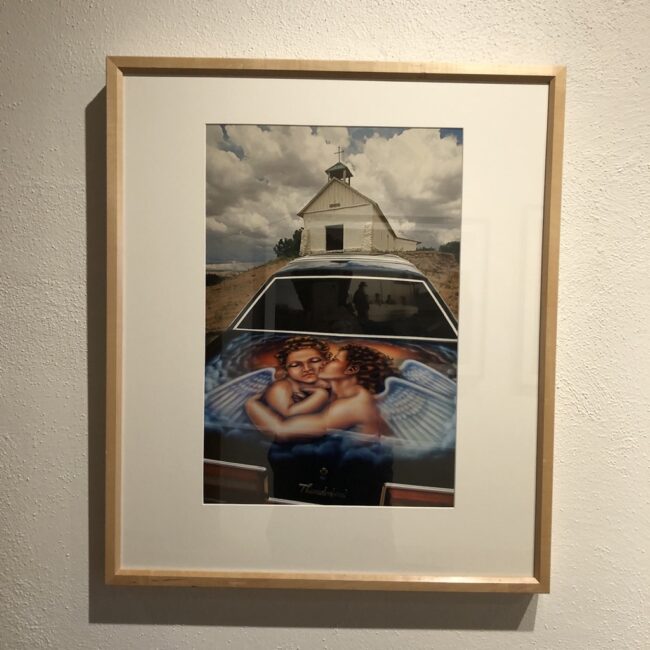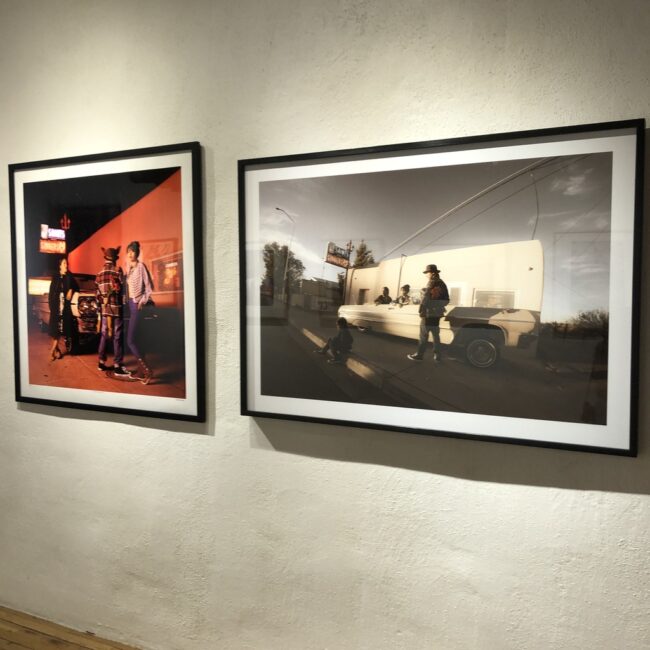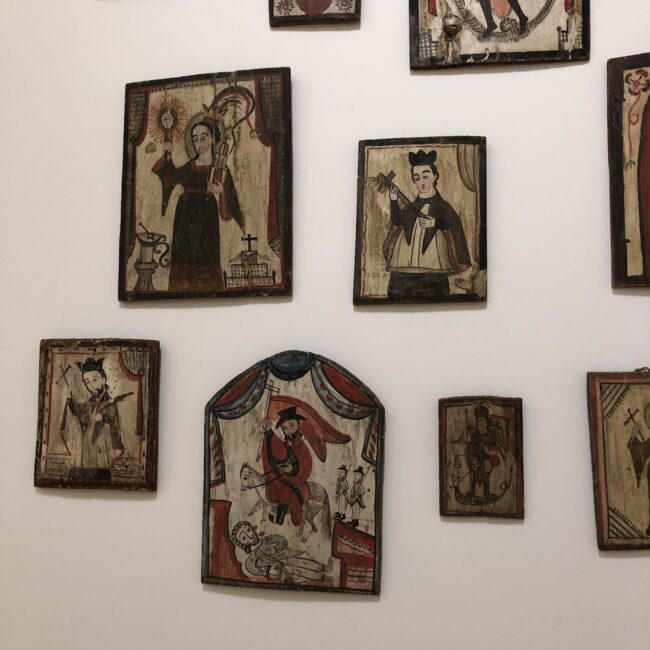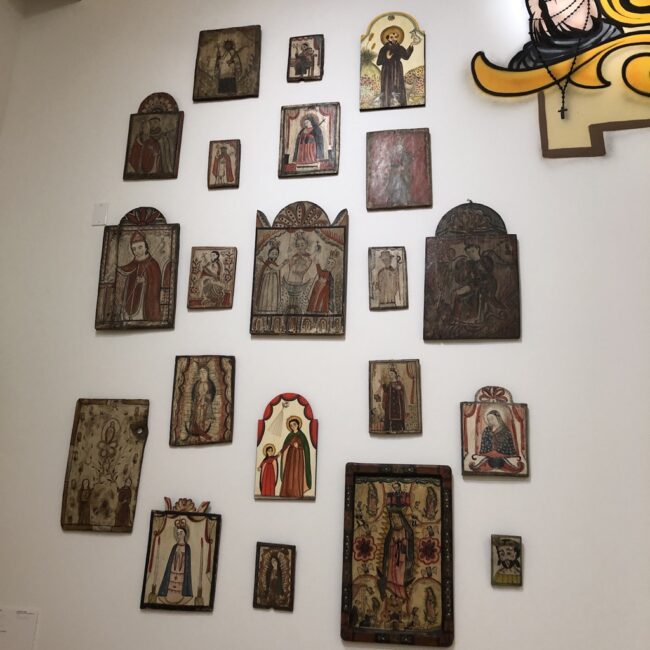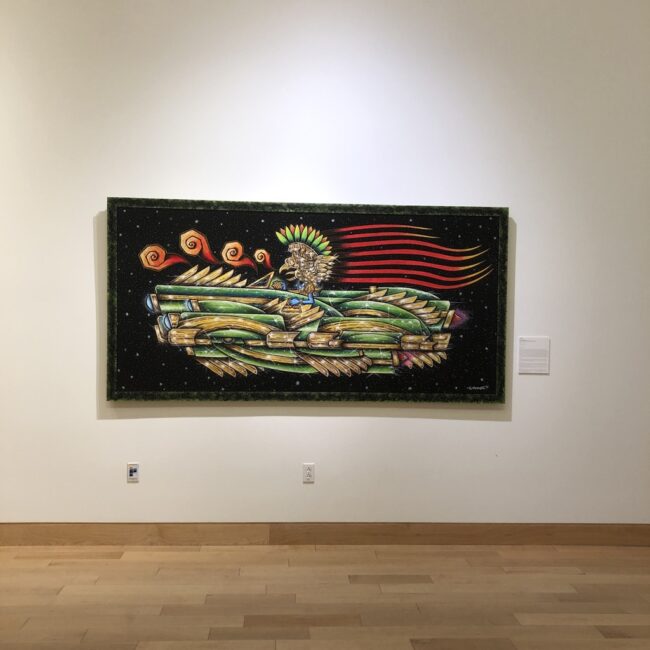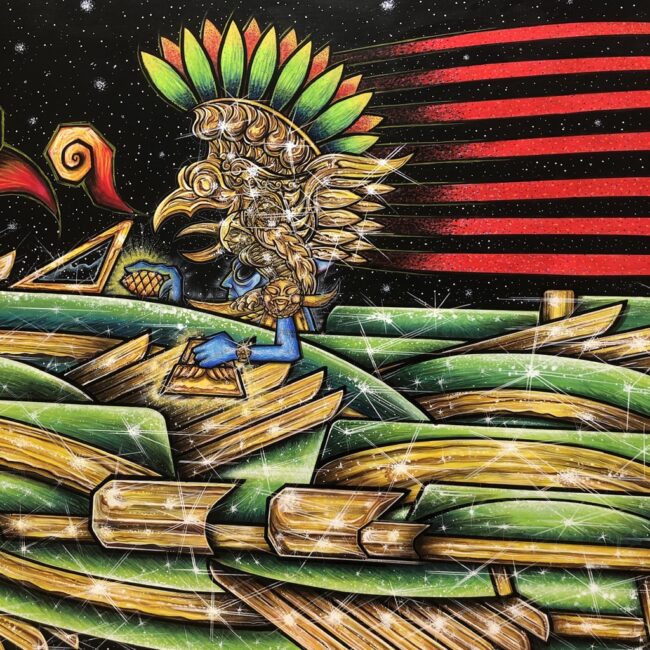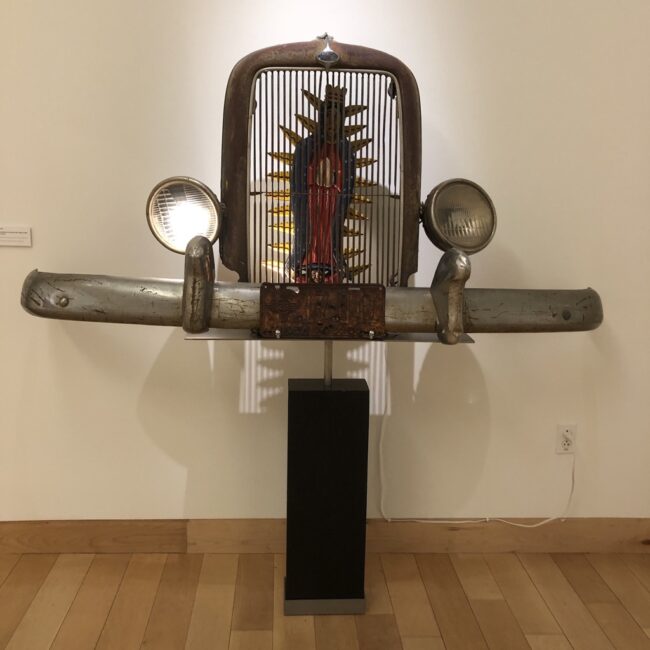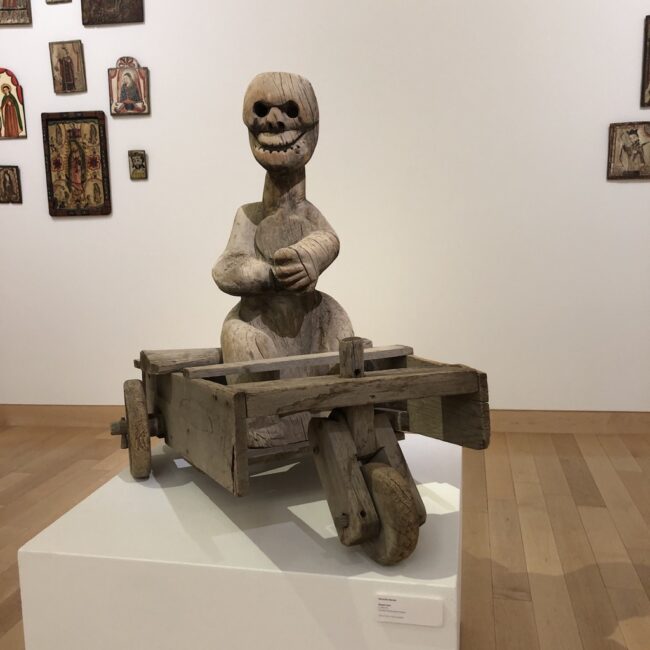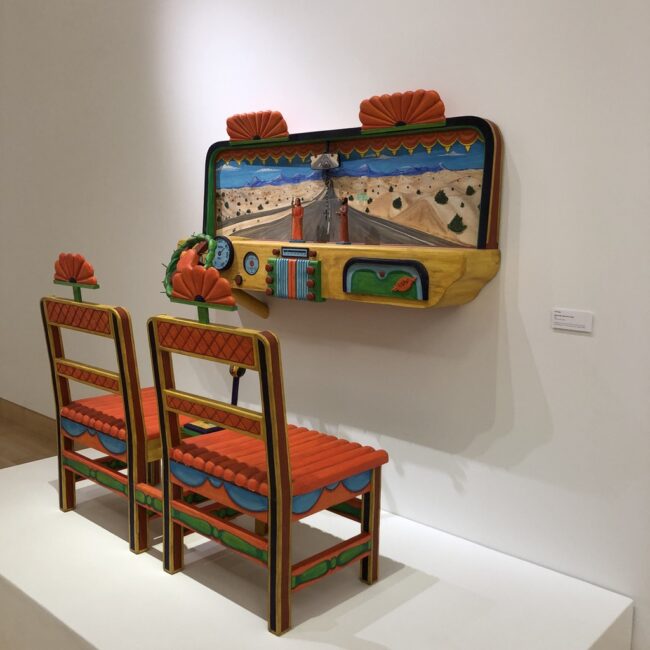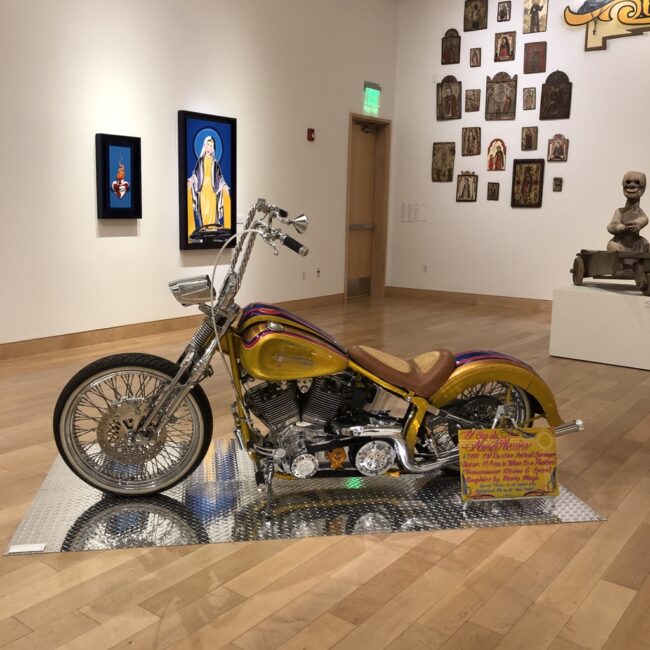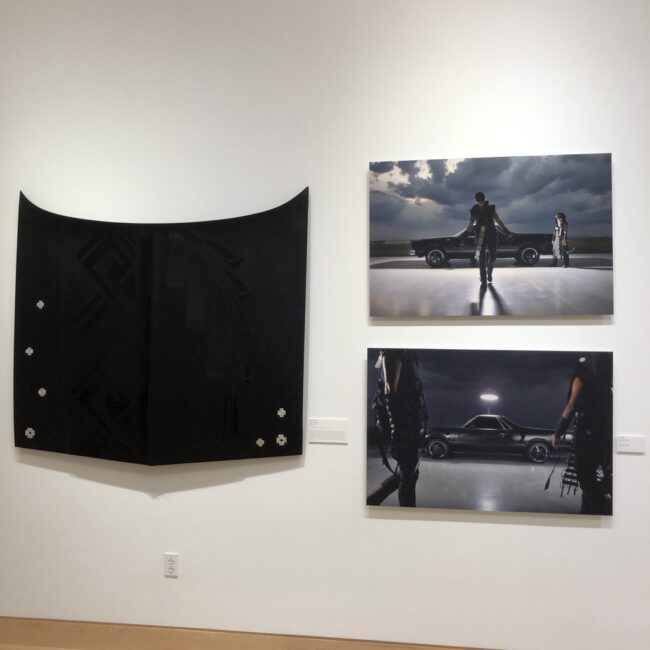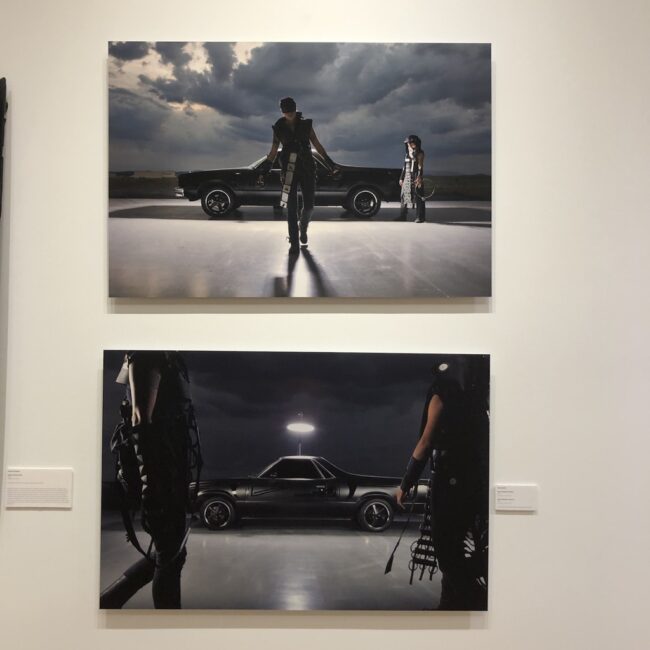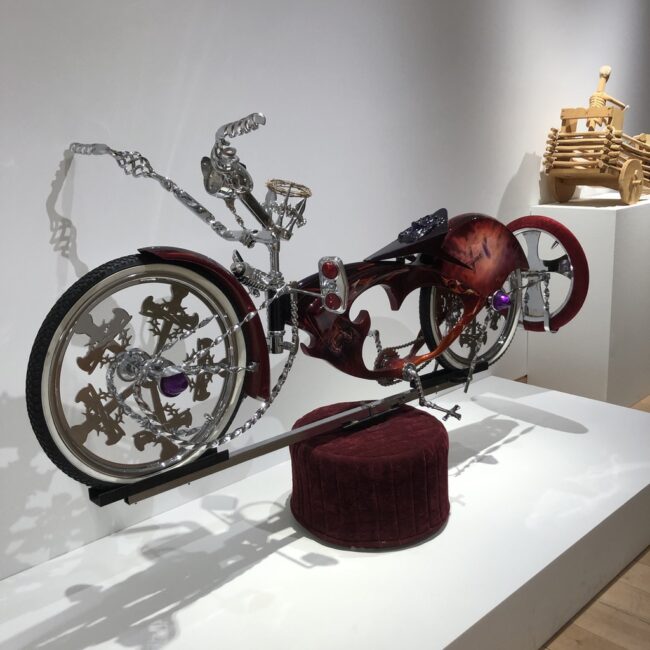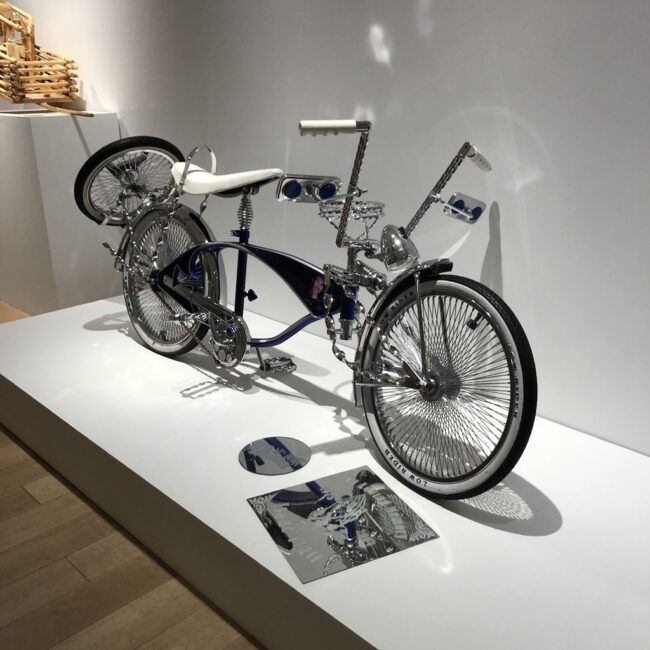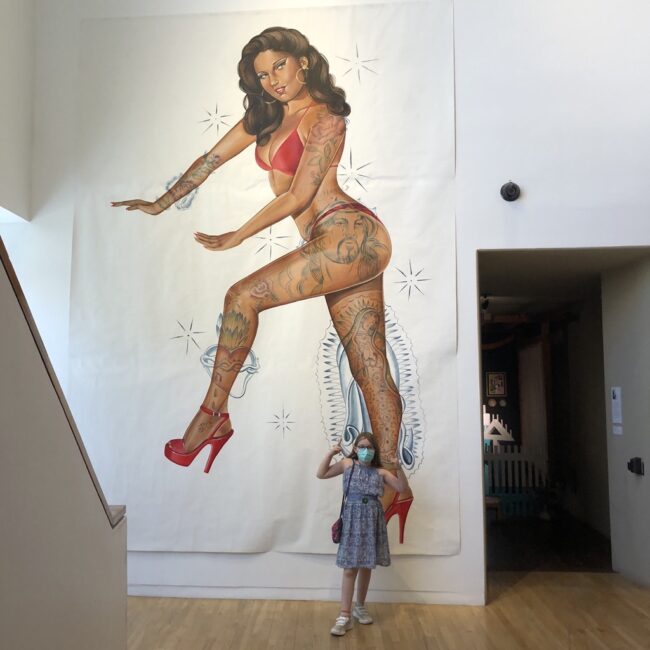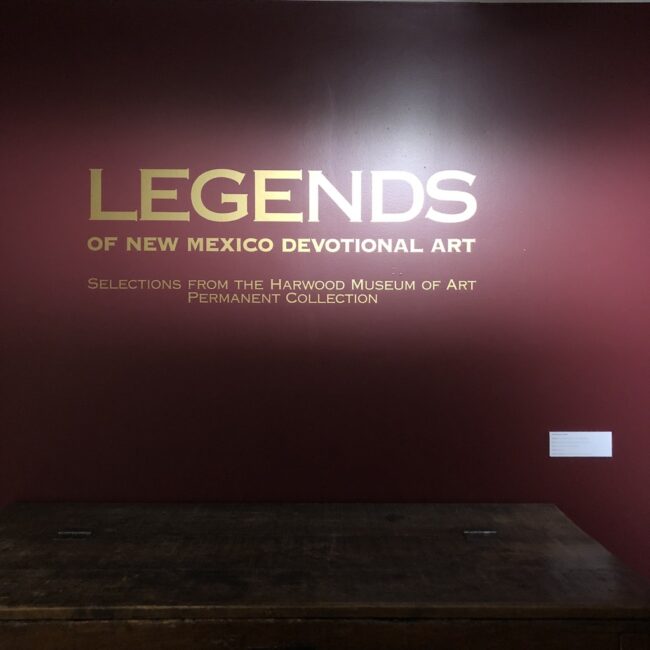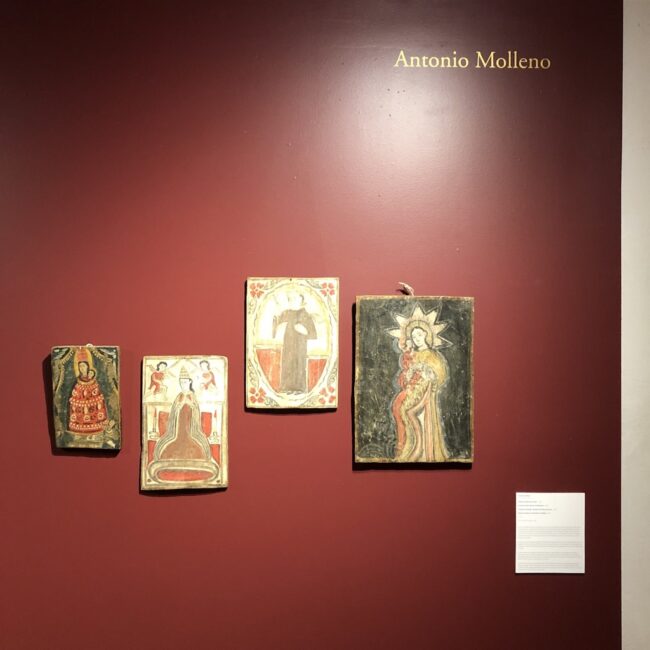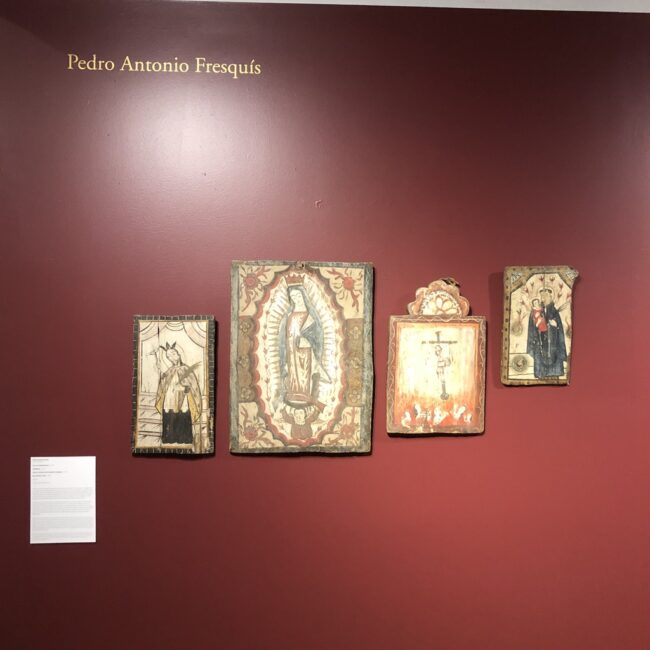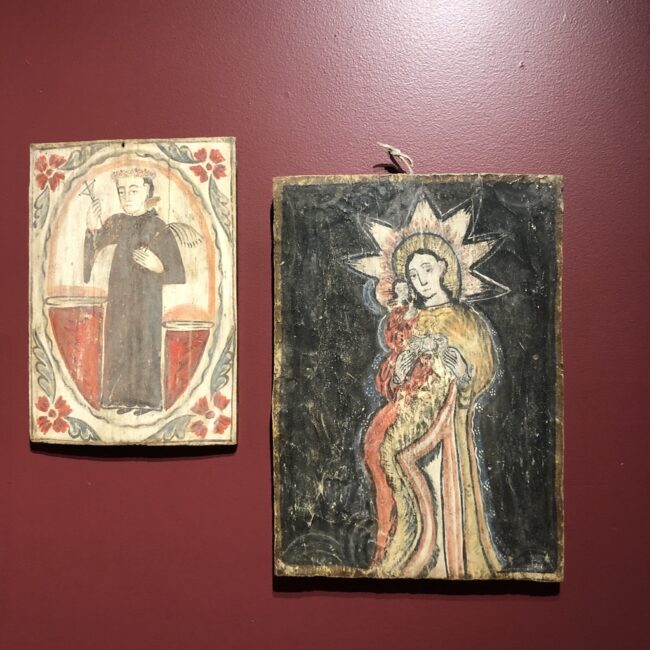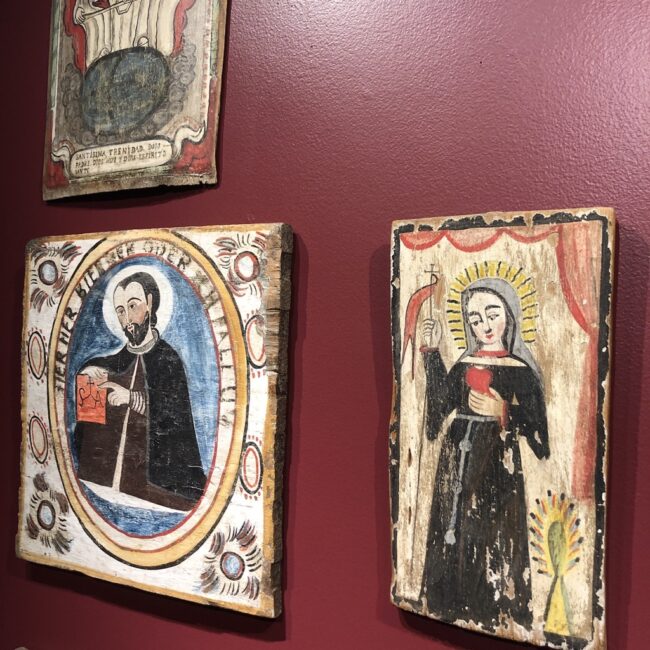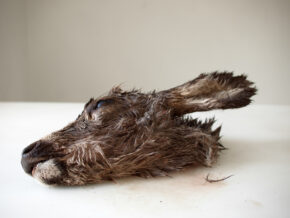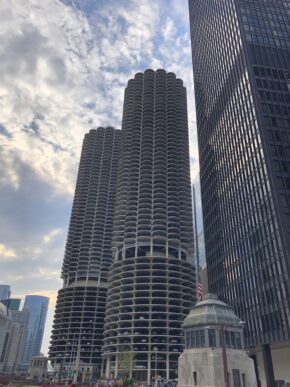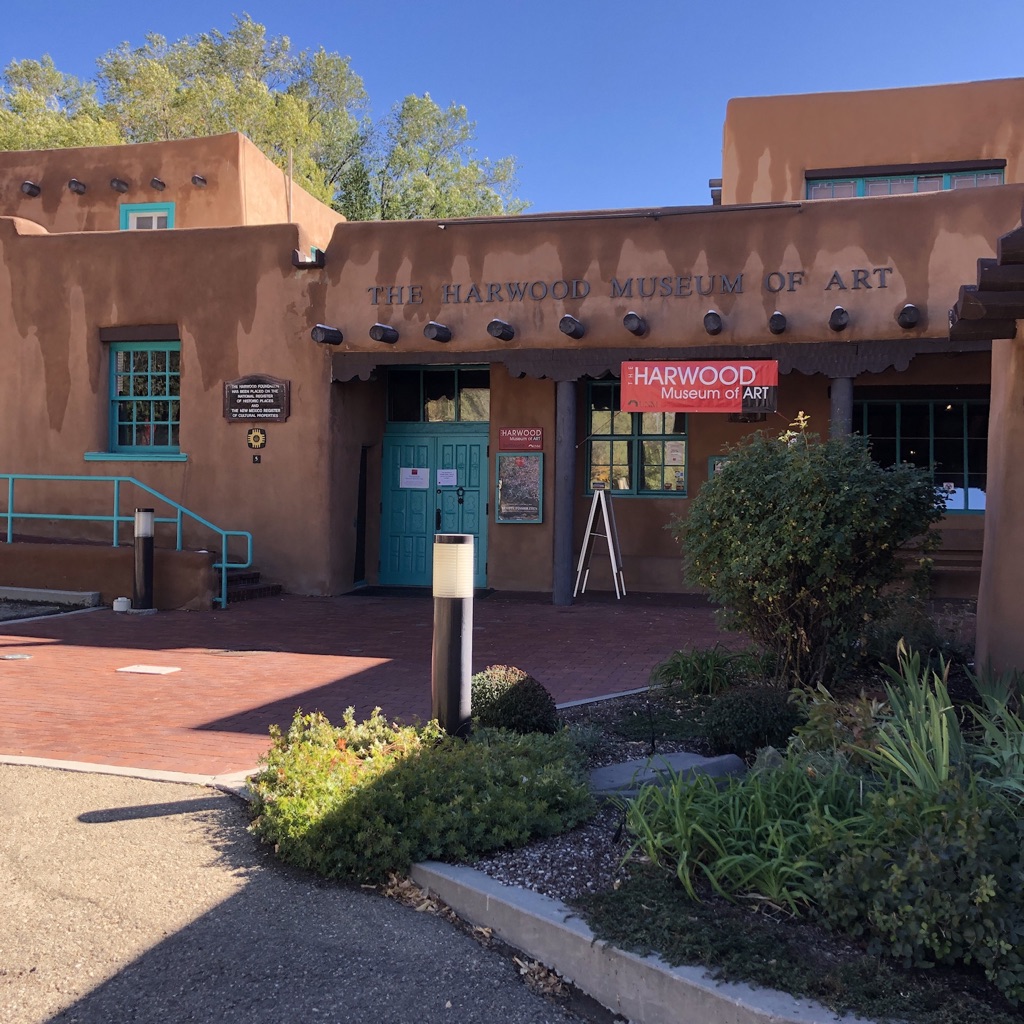
I’m beat today.
(Like, for real.)
It’s Wednesday, and I’m writing, which means I’ve got a kink in my schedule.
Please allow me to explain…
I’m leaving for Chicago tomorrow morning; my first air-travel since the bender in Jersey last May.
But it’s not even my first big trip this week, as Monday at 4:30 am, the family poured into our trusty Subaru, and did a 15 hour turn-and-burn to Denver, so the kids could visit the eye doctor.
We’d planned on spending the night, but when my brother told me our dog wasn’t welcome, (he’s a long-time Denverite,) we had to pivot, and spent a full day cruising up and down I-25.
(Thankfully, a little adventure when it was sunny and 70 degrees was invigorating, as it snowed the next day.)
Hitting the road, I was reminded that just going a couple of hundred miles can change everything.
There are no mask mandates in Colorado, (apparently,) so we had to adjust to people strutting around, faces uncovered, knowing it was within their right to do so.
Plus, they have In-N-Out in Denver now, so we reveled in the absolute deliciousness of a perfect burger, (Double-Double, animal style,) while sitting at an outdoor table, overlooking a mall-parking-lot.
Frankly, feeling the friendly SoCal vibes in Conservative South Denver was enough to make my head spin.
(But the burgers! OMG! I rarely eat beef anymore, and can’t stress enough how phenomenal they were.)
That said, Denver on Monday, Chicago on Thursday, and you can perhaps understand why I’m brain-fried.
(Plus, yesterday was a full-work-day, while also parenting the kids, who are home on Fall Break.)
I’m cooked.
Out of gas.
Running on empty.
(Insert random tired cliché here.)
So let’s cut to the chase.
As I’ll have fresh, Chicago-based-content for you in the near future, we’re going in the opposite direction this week.
We’re keeping it local.
If you can believe it, I’m going to review a terrific exhibition I saw at the Harwood Museum of Art, right here in Taos, New Mexico.
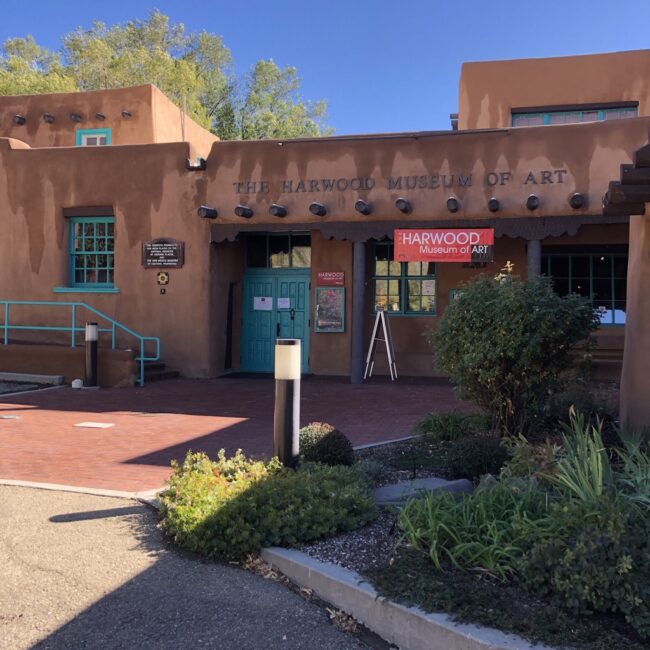
Unfortunately, as with the stellar show I saw at the Albuquerque Museum recently, the exhibit I’m about to discuss has just closed.
(I apologize, but as pretty-much-none of you live in Taos, it’s not like you were going to see it anyway.)
Full disclosure, I had a solo show at the Harwood in 2019, and was part of a three-person exhibit there in 2014, so I do have ties to the institution, but both curators with whom I worked have since moved on.
I’ve never met the newish curator, Nicole Dial-Kay, who came to Taos from Colorado not-too-long-ago, so there’s no reason for me to be extra nice.
I’m telling you this, because I want to stress my objectivity, as I thought this show was dynamite.
Fantastic.
Inspiring.
Supremely well-done.
(Insert random compliment here.)
In the exhibition, “Santo Lowride: Norteño Car Culture and the Santos Tradition,” the deep roots of Spanish/Hispanic culture in Northern New Mexico, (which go back more than 400 years,) and the Native roots, which are more than 1000 years old, were honored and respected in vast and obvious ways.
Everything came together so well, as the art presented to the public was shiny, flashy, smart, though-provoking, rich and fascinating.
It’s literally a curator’s job to show off artists’ work.
To make it look as good as possible.
To create context, in which ideas, feelings and objects are synthesized, presenting a message in which the whole is greater than the sum of its parts.
And boy, did that happen.
There were photographs by Cara Romero and Jack Goldsmith, in the entry hall, that announced the work was by the culture, for the culture.
Religious iconography on low-riders: that set the tone.


We cut right after those photos, instead of walking down the long hallway, and wandered through a permanent installation of historical Taos art, before entering the Mandelman-Ribak Gallery, where the bulk of the exhibit was waiting.
I’ve got plenty of photos, because this was art to be experienced, but that’s not possible, so images become the next best thing.
Shiny cars and motorcycles, costumed super-heroes, scary skull heads, Aztec-inspired paintings, all sharing space with a set of Retablos, which were made in the 19th Century as low-tech, hauntingly beautiful advertisements for the Catholic Church.
(I’ll drop the pictures for you now.)
I covered Cara Romero’s work in my first exhibition review of 2021, when I went to the New Mexico Museum of Art, and published Kate Russell’s work in the same article.
I’d seen her pictures, (of low-riders, ironically,) in a restaurant in Santa Fe, where I ate in April, right after my second vaccine kicked in.
I remember that feeling, where just taking a mask off in public and eating indoors seemed so uncomfortable, so absurd, I might have been in the Upside-down world.
Still, at that moment, I assumed “regular” life was right around the corner.
Instead, Delta hit, and our fellow Americans decided, by the tens of thousands, they’d rather die than give in to the the libs.
So…that’s the world we’re living in.
Straight up.
But Kate Russell’s photos here felt like they were hyper-charged by someone else’s creativity, and I mean that as a compliment. Perhaps it would be better to say she was collaborating with another artist, whose vision was so distinct, so AMAZING, that you’ll leave this article happier than you entered.
Just look at this.
The low-rider-hood is displayed on the wall, featuring designs that around here are associated with pottery, from the Santa Clara Pueblo.
(The black on black is common.)
In the photos, Rose B. Simpson presents as a Native American super-hero, like a female, indigenous Zorro, and for all the movie reboots these days, I dare you to find a protagonist you’d rather watch on screen.
This is SO FUCKING BADASS.
From there, we saw more blingy-bikes and creepy skulls, before going upstairs, (past the massive painting of a pin-up model,) to see a new installation of even more Retablo paintings.
My friend Ed was with me, (along with the kids,) and he agreed that in all his years visiting the museum, (he’s a long-time patron,) he’d never seen these paintings hung in such a modern, crisp way.
I luxuriated in the work.
Standing there.
Admiring the magnificence.
We all did.
It was so easy to travel back in time in your mind, to a dark, mud-walled church, two hundred years ago, with flickering candles, Latin-chanting priests, and huddled heads, where every now and again, someone would look at an image of Jesus, or Mary, and find hope.
Or solace.
So that’s where we’ll leave it today.
Art is, and has always been, a huge part of humanity’s salvation.
Art is an act of creation, and represents the best of us, as a species.
So let’s not forget that, in 2021, when so much bad-behavior gets us down.
